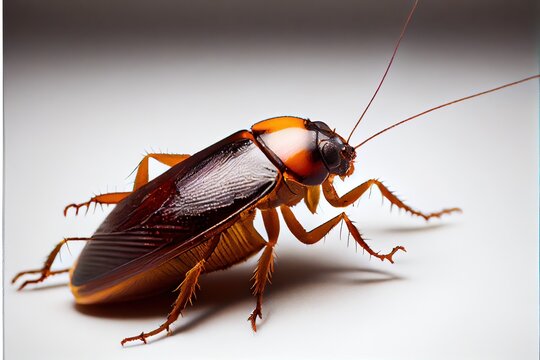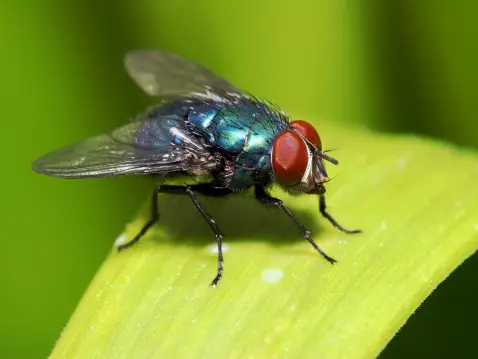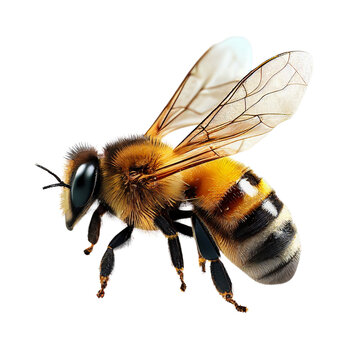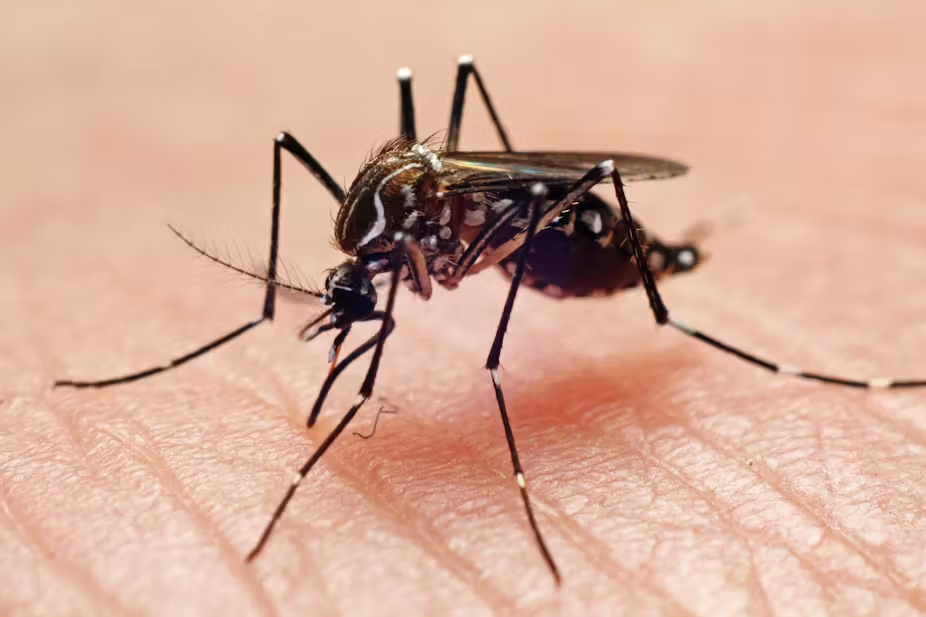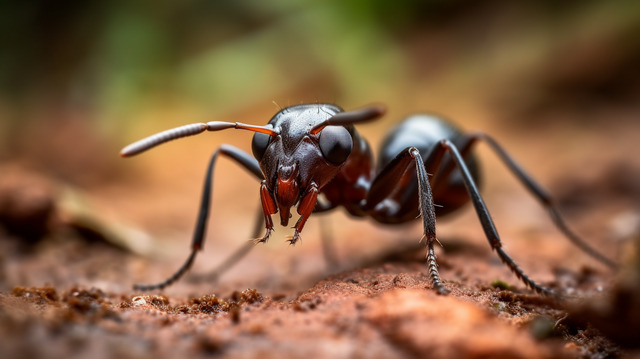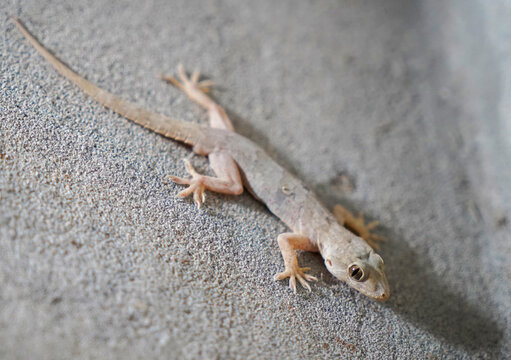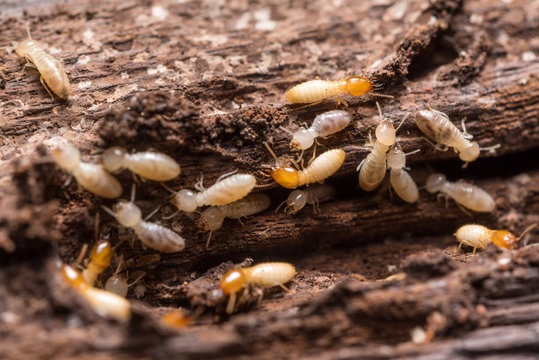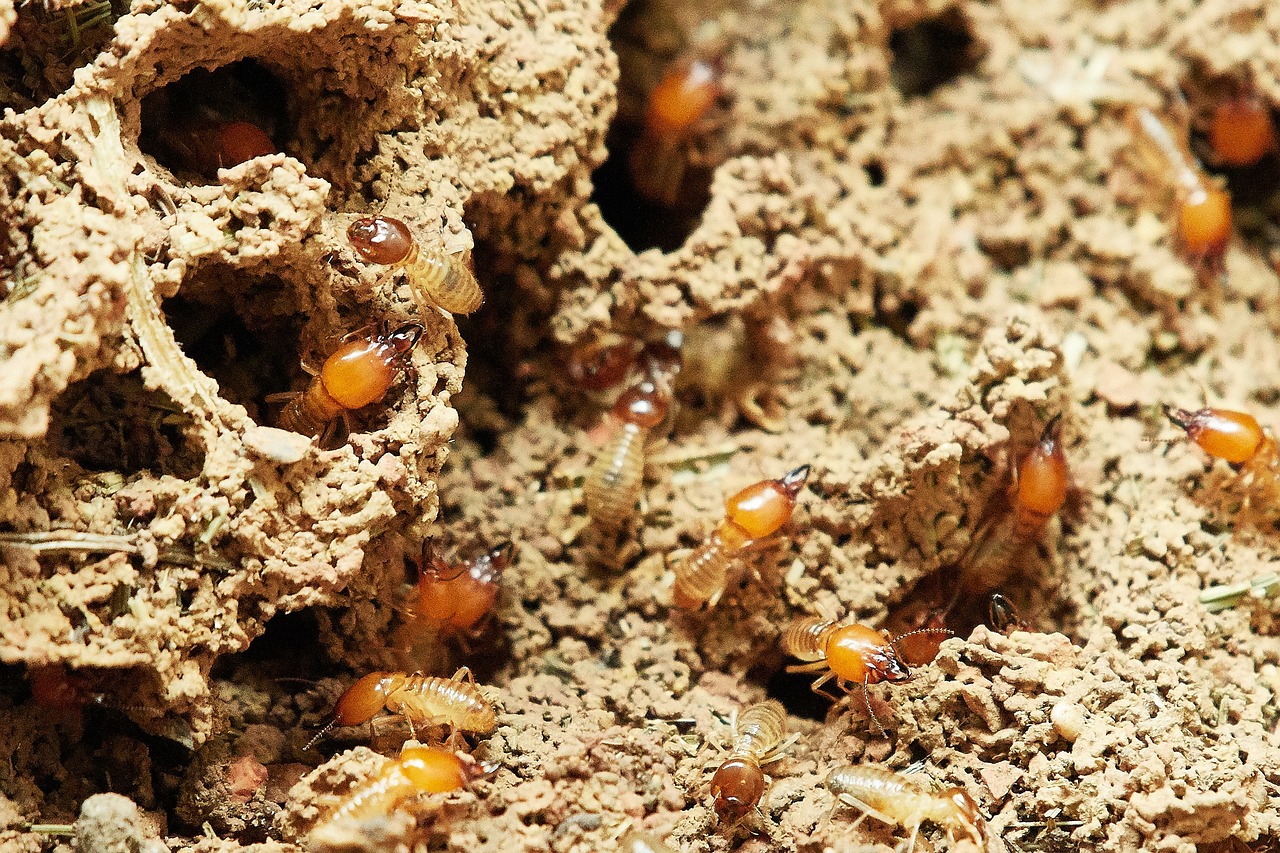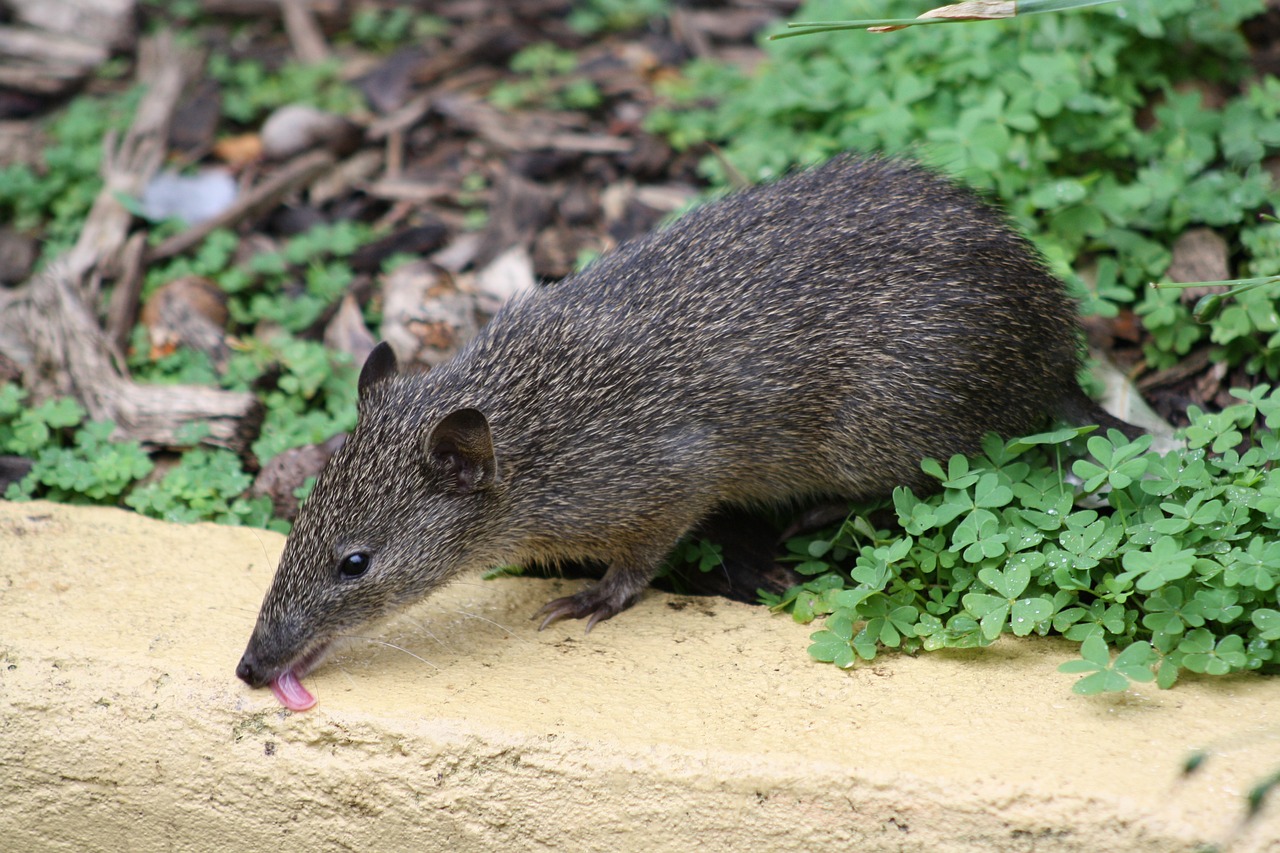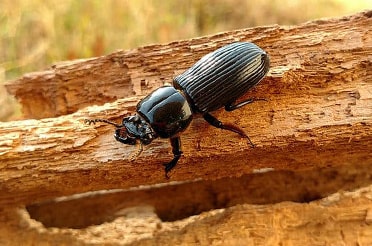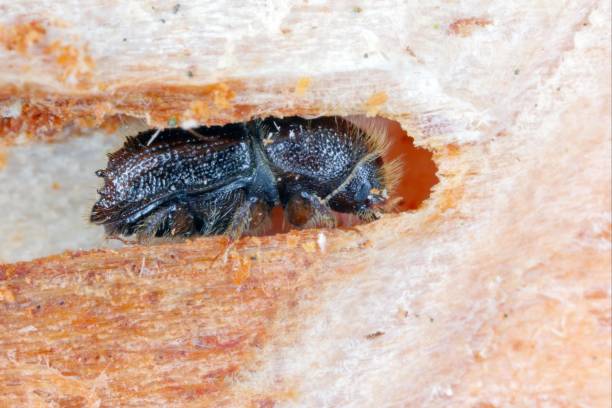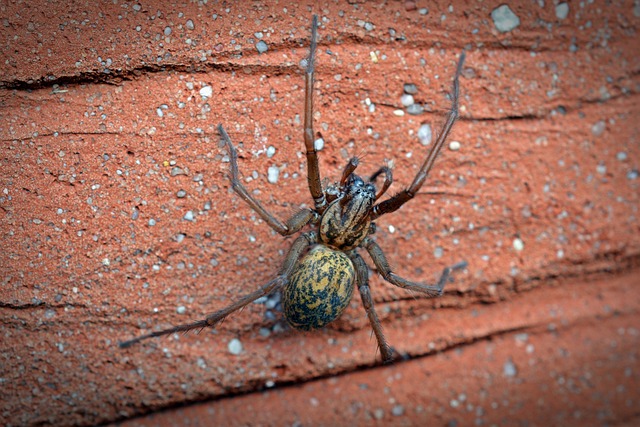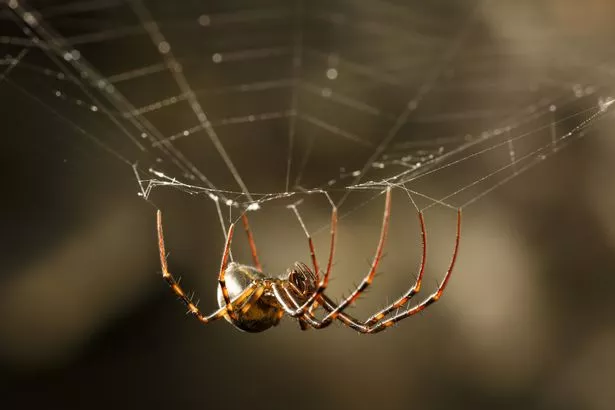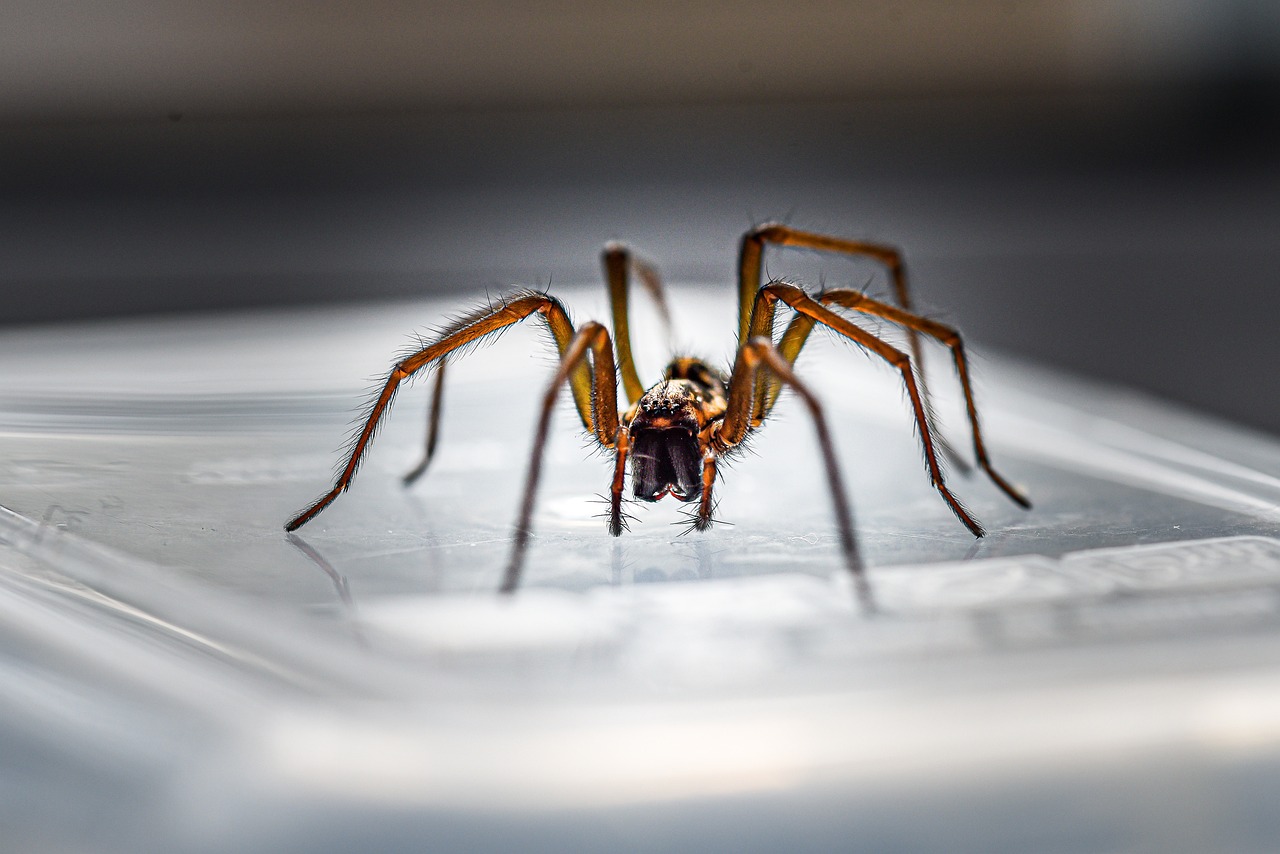i) Cockroaches are troublesome pests in homes and businesses. They
contaminate food and pose health risks. They hide in corners and are hard to eliminate.
ii) Mosquitoes are annoying pests. It's hard to find them because
of their buzzing sound, and when you find them, there always seems to be more around us.
iii) House flies carry diseases like dysentery, tuberculosis,
cholera. Flies are a big risk for spreading diseases, especially during emergencies when hygiene is
poor. Even in normal times, kids and older people are more likely to get sick because of flies.
iv) Ants are smart and capable insects. While harmless, they can
be annoying if they invade your home or business. Their teamwork helps them thrive in tough conditions.
